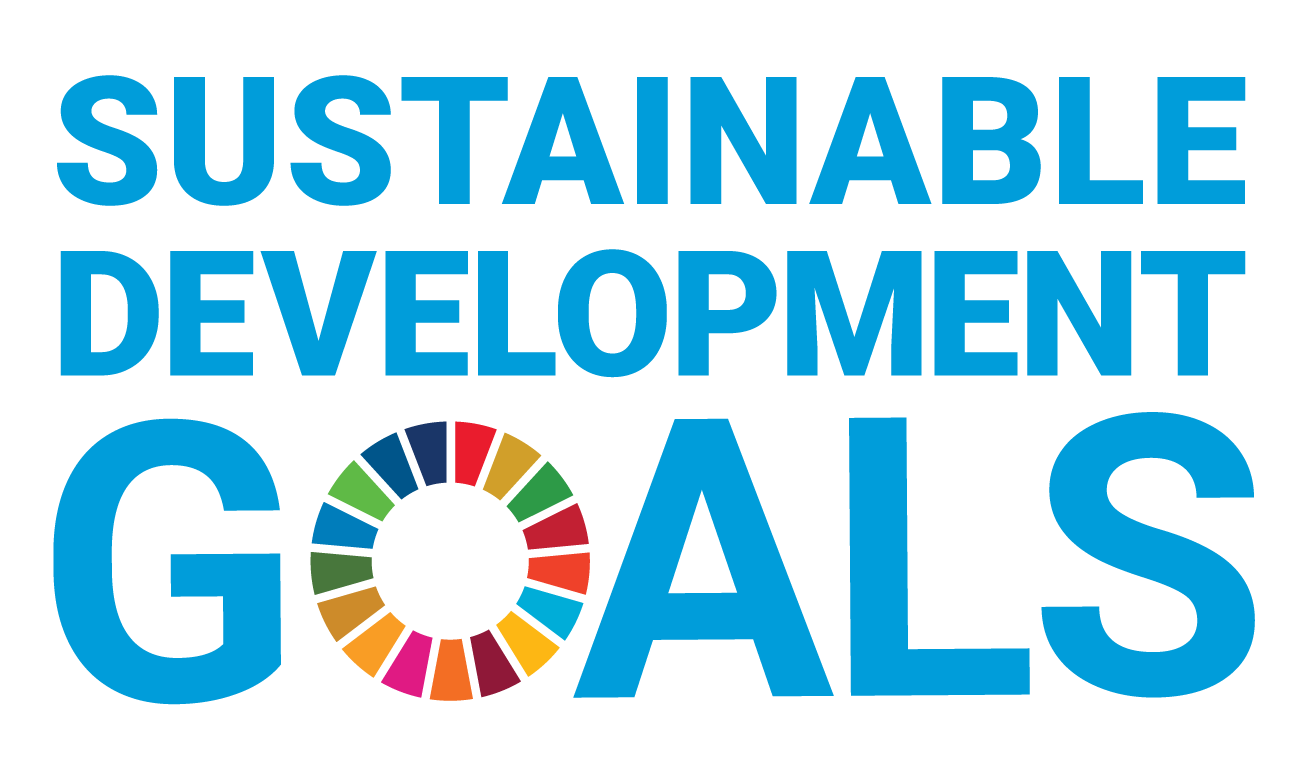The new book ”Interlinkages and interactions among the Sustainable Development Goals” explores the breadth and depth of interlinkages related to the 17 Sustainable Development Goals (SDGs), pointing out synergies and trade-offs to accelerate the progress towards the global goals.
Chapter 2, authored by Lin Lerpold and colleague Örjan Sjöberg, focuses on the built-in conflict between SDGs in the sphere of the social world (zero hunger, no poverty, good health, and well-being) without increasing the climate impact and ecological footprint in the natural world. This is a tough equation since it most likely demands economic growth.
The way this conflict is dealt with is through the concept of decoupling. Decoupling refers to the process whereby a unit of additional growth does not imply an increased use of planetary resources or an increase in greenhouse gas emissions to an equal amount. However, the authors show that there is little indication that substantial progress in decoupling has so far been achieved.
The authors take a closer look at the consequences of not achieving the decoupling called for and review the literature on the SDGs, focusing specifically on the underlying assumptions and the interlinkages and potential contradictions that may exist. They also outline the particulars as regards trade-offs between the natural world and social goals as approached by Agenda 2030 and make a number of observations.
In the concluding section, the authors write, “Without decoupling resource use from economic growth, or if the redistribution of the benefits of economic growth between and within nations is not accomplished, achieving the social SDGs will imply an eroded capacity to meet the environmental ones.”
The book ”Interlinkages and interactions among the Sustainable Development Goals” is edited by Ranjula Bali Swain and Yongyi Min.
Chapter 2 is available for free as Open Access >
Sustainable Finance Lab (Vinnova grant) and Formas financially supported the chapter.
Image credit: The United Nations.






